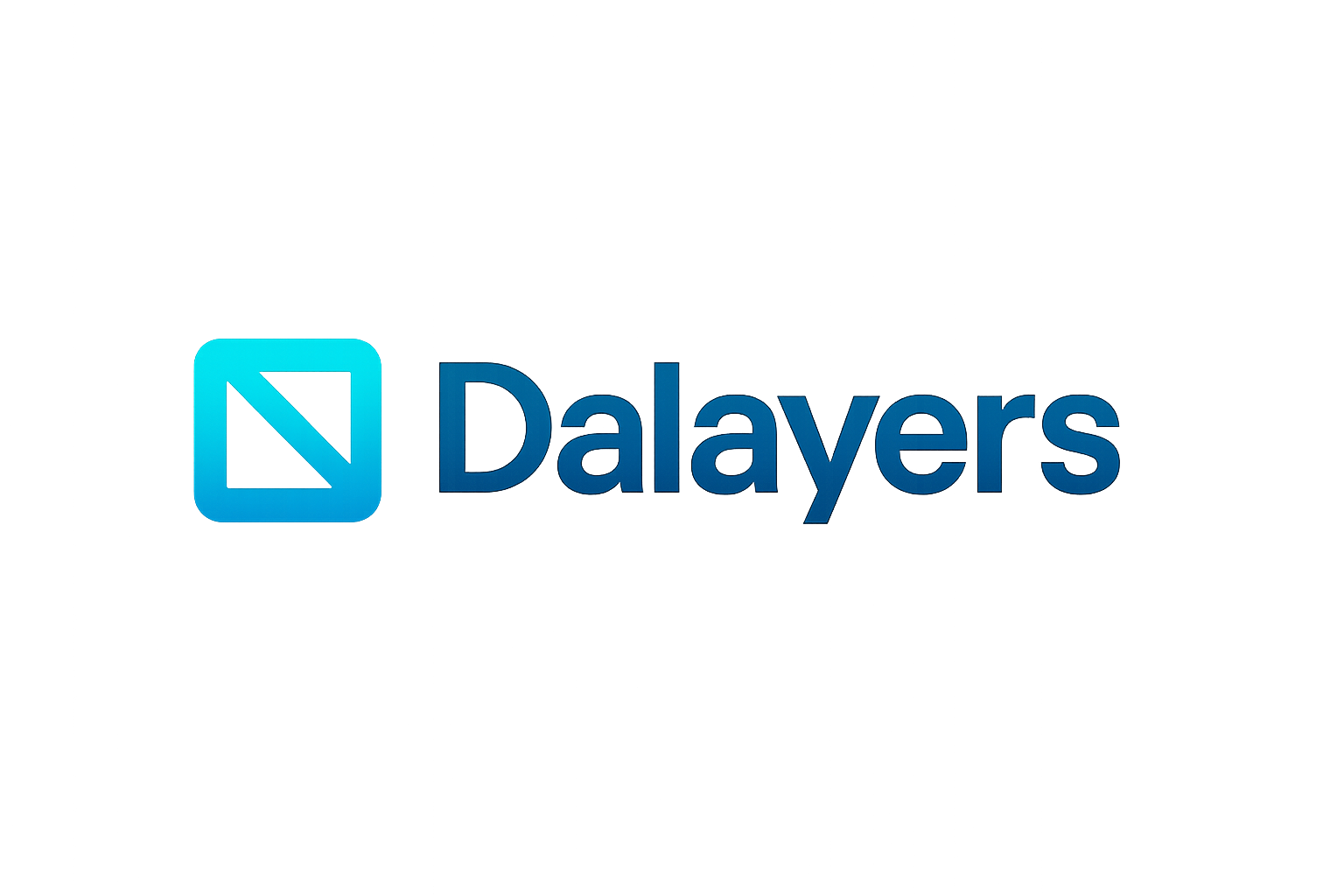
In the race to solve the blockchain trilemma, a subtle revolution is underway, one that isn’t just about consensus or execution, but about how networks move and store data. Enter Random Linear Network Coding (RLNC), a technique that is rapidly emerging as the backbone of next-generation data availability layers for modular blockchains. As networks like Optimum, founded by MIT’s Muriel Médard, push the boundaries of what’s possible, RLNC is proving itself as a linchpin for scalability, robustness, and performance in decentralized systems.
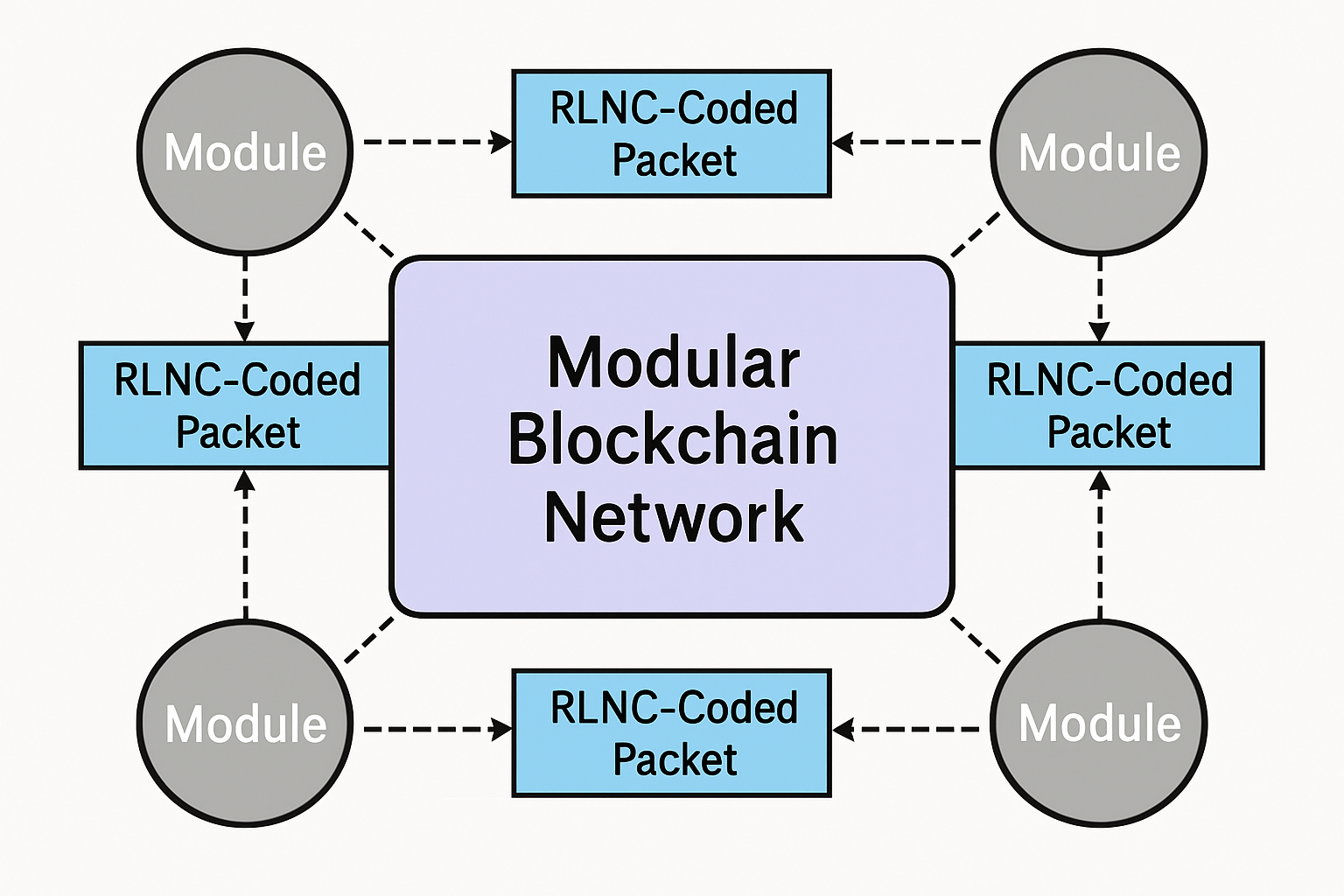
Why Data Availability Layers Matter in Modular Blockchains
With the shift toward modular blockchain architectures, the separation of execution, consensus, and data availability layers has unlocked new possibilities for scalability and specialization. Yet, this modularity introduces a critical challenge: ensuring that data required for transaction verification is always available, even as networks grow and fragment. Data availability (DA) layers are tasked with this responsibility, but traditional approaches face bottlenecks in throughput, latency, and resilience to node failures or censorship.
This is where RLNC enters the scene. By encoding data into random linear combinations of packets, RLNC allows each node to propagate and reconstruct information efficiently, even in adverse network conditions. Unlike classic erasure codes, RLNC’s decentralized recoding means nodes can participate in data transmission without waiting for a centralized source or full decoding, reducing latency and boosting robustness.
“RLNC maintains consistently high throughput at any network size, making it the only true scaling option. ”: Muriel Médard, LinkedIn
How RLNC Works: A Primer for Blockchain Enthusiasts
At its core, Random Linear Network Coding blockchain techniques work by taking blocks of data and generating coded packets through random linear combinations. These packets can be created not only from the original data but also from previously coded packets, enabling intermediate nodes to recode on-the-fly. This means data can be recovered from any sufficiently large subset of packets, no need for every node to receive every original piece.
The implications for RLNC data availability layer design are profound:
Key Advantages of RLNC for Modular Blockchain Scalability
-
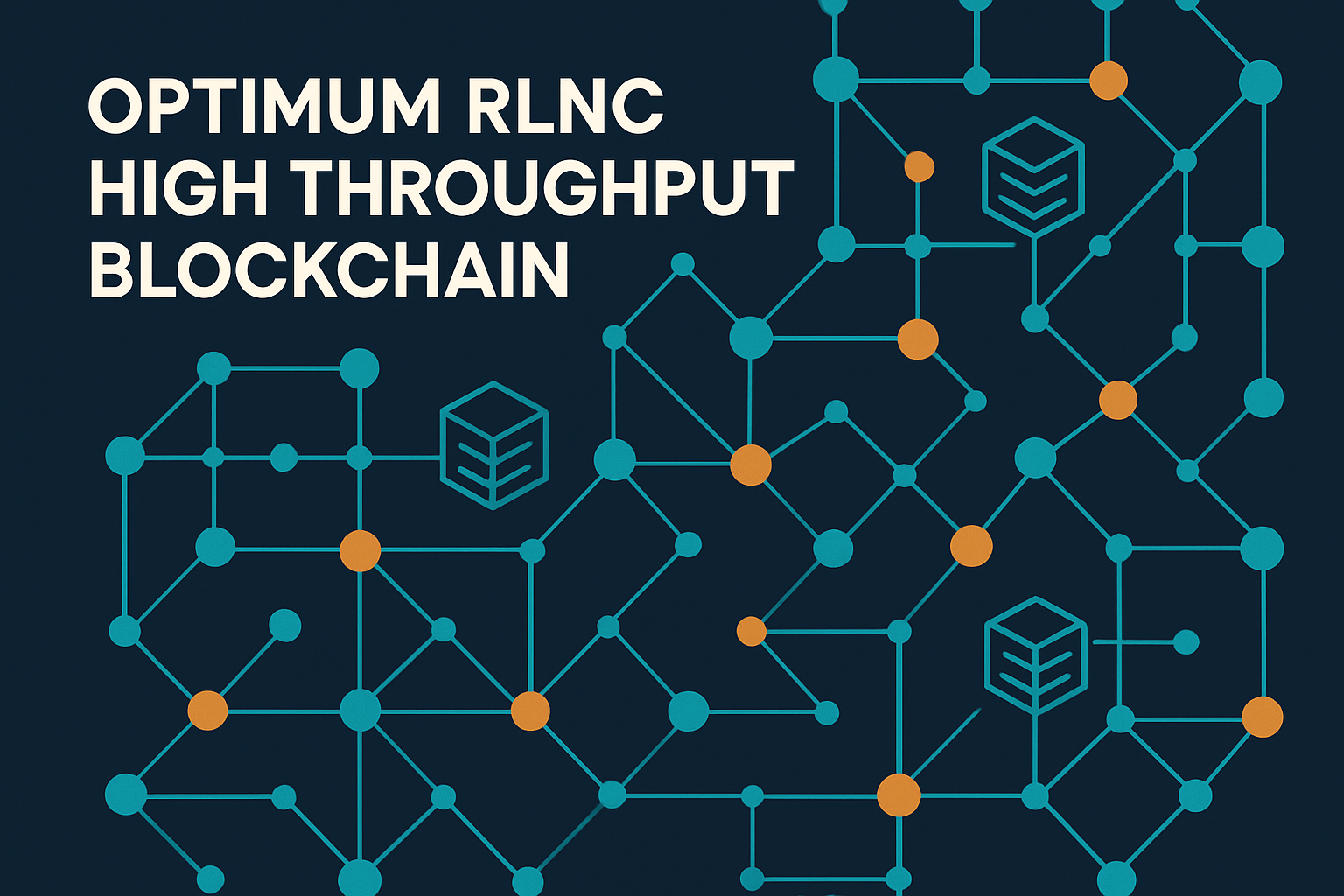
Massive Throughput Gains: RLNC enables nodes to transmit random linear combinations of data packets, significantly increasing network throughput. This approach, used by Optimum, ensures that data can be reconstructed even if some packets are lost, maximizing efficiency.
-
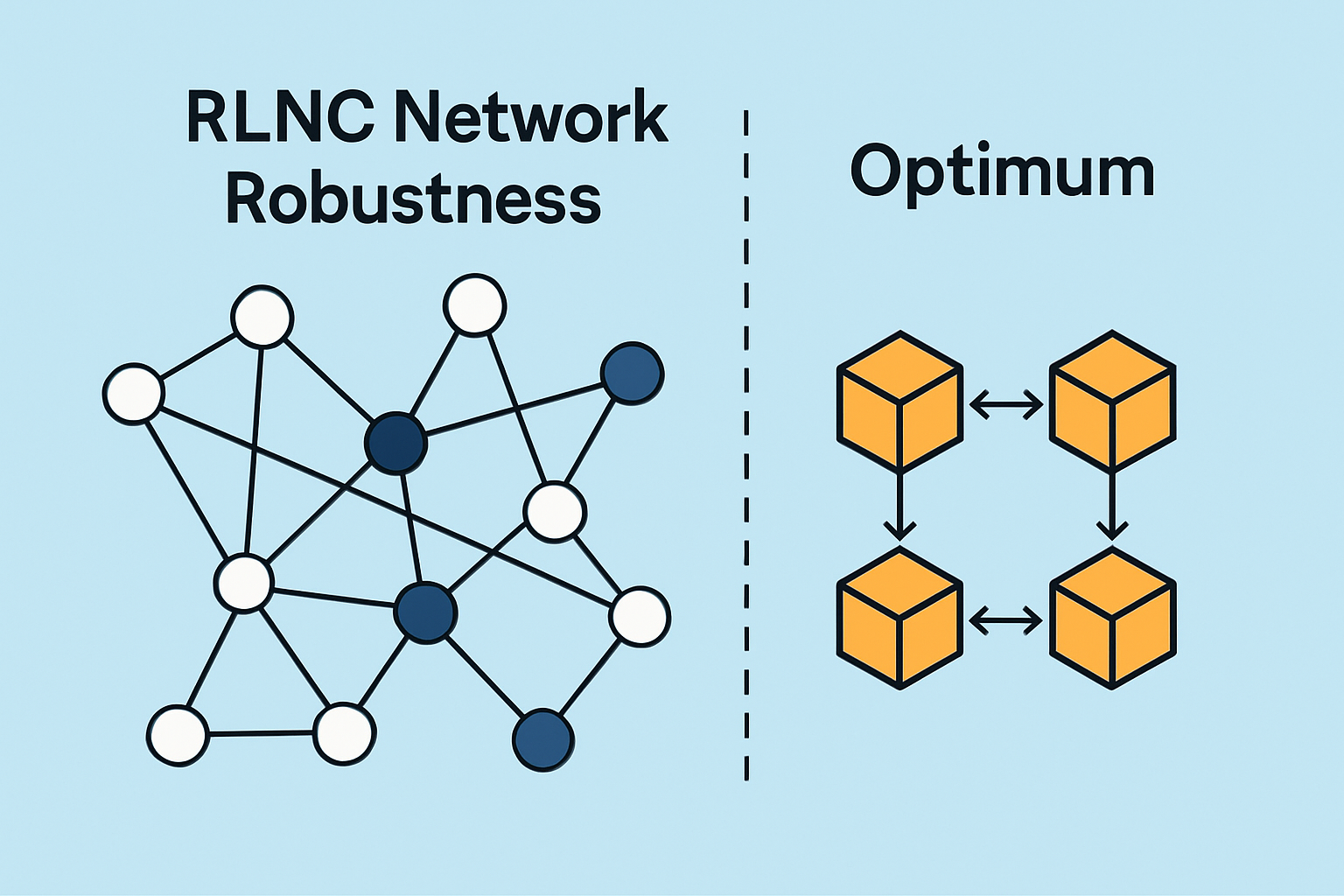
Enhanced Network Robustness: By allowing intermediate nodes to recode and forward packets without decoding, RLNC boosts resilience against node failures and network disruptions. This decentralized coding method underpins Optimum’s memory layer and is a key driver of its fault tolerance.
-
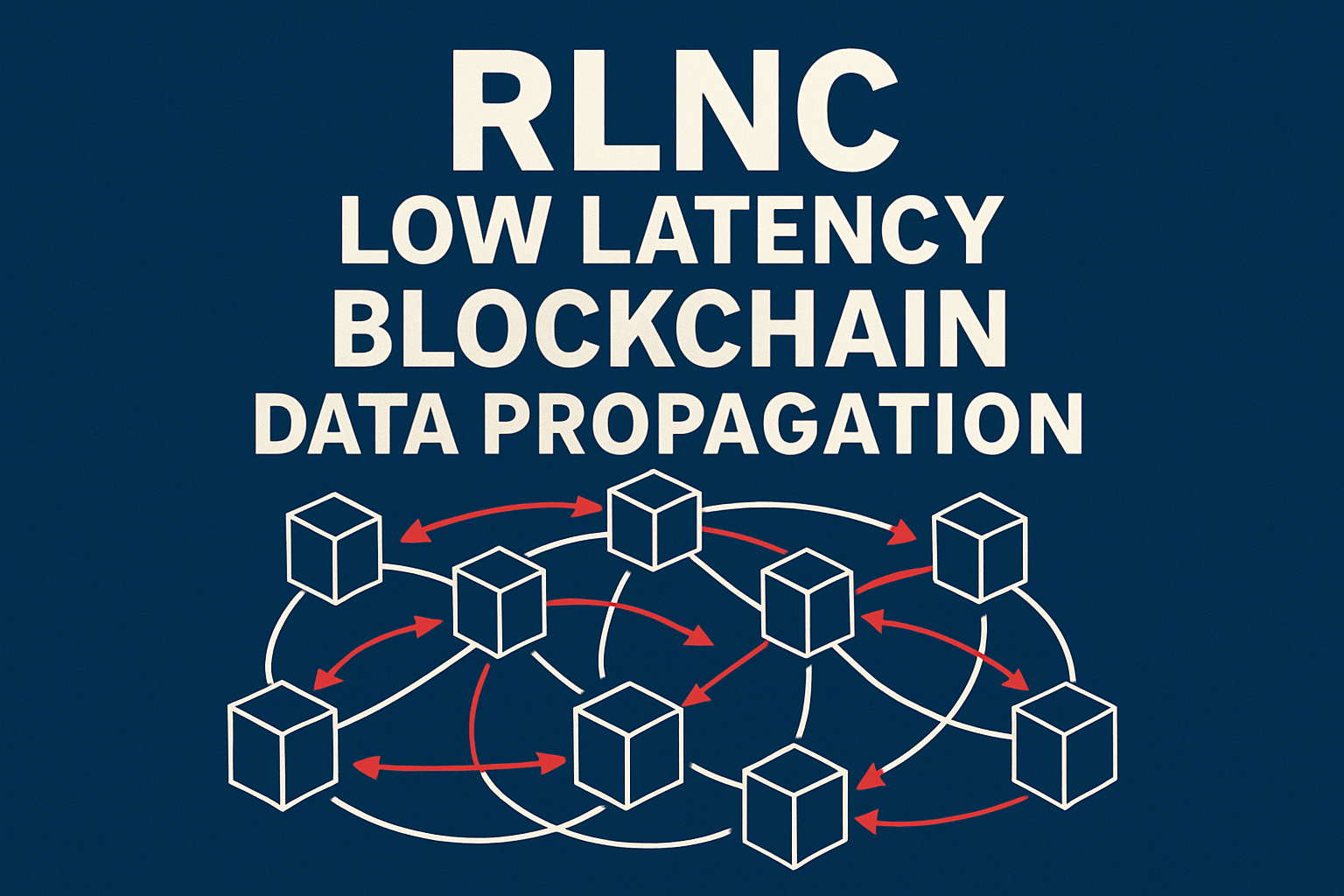
Lower Latency Data Propagation: RLNC reduces the need for retransmissions and complex coordination by supporting on-the-fly recoding. This leads to faster data availability and improved user experience for dApps running on modular blockchains.
-
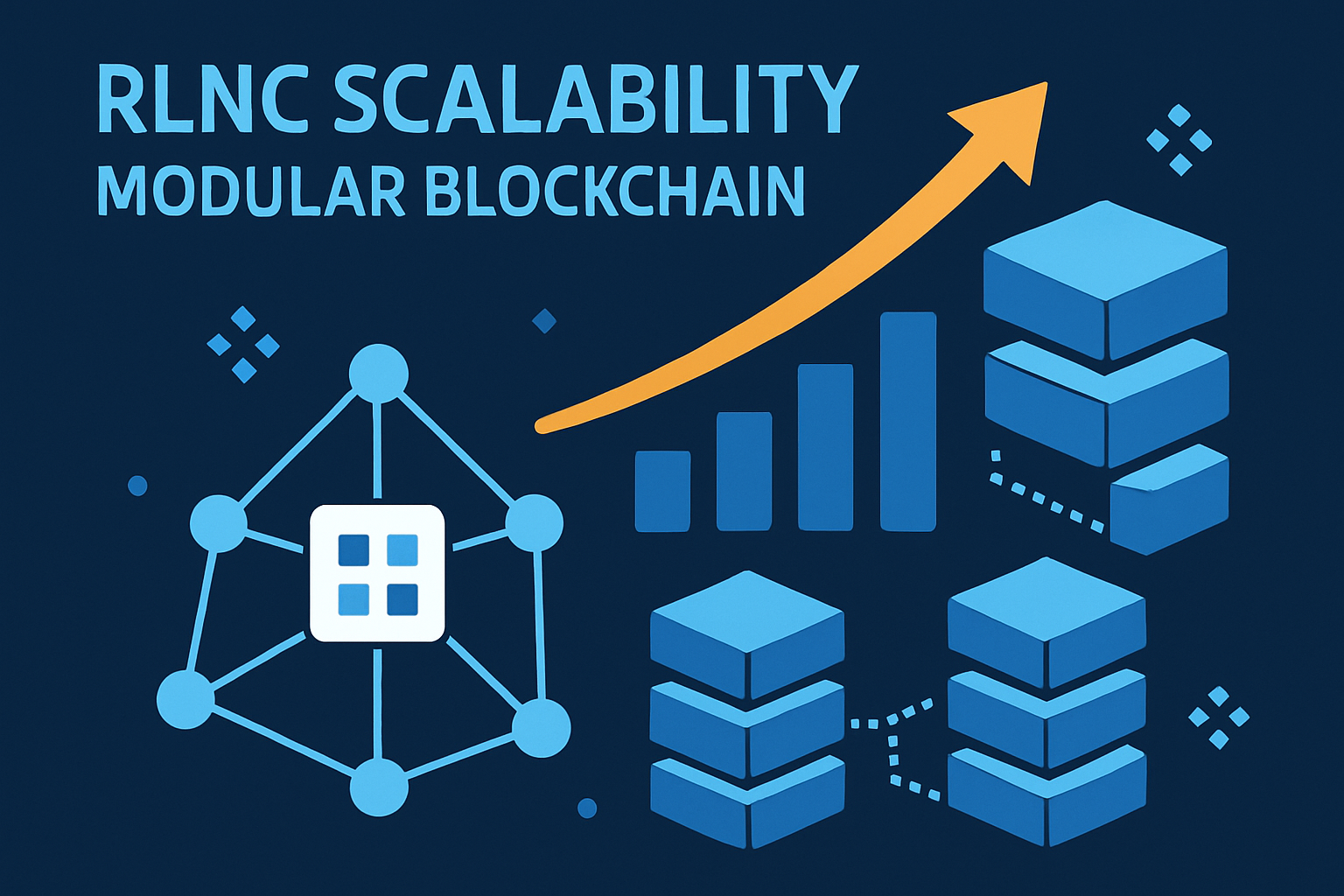
True Scalability for Modular Architectures: RLNC’s decentralized, stateless design allows it to scale efficiently as network size and demand grow. This makes it uniquely suited to modular blockchain ecosystems, where execution, consensus, and data availability layers operate independently.
-
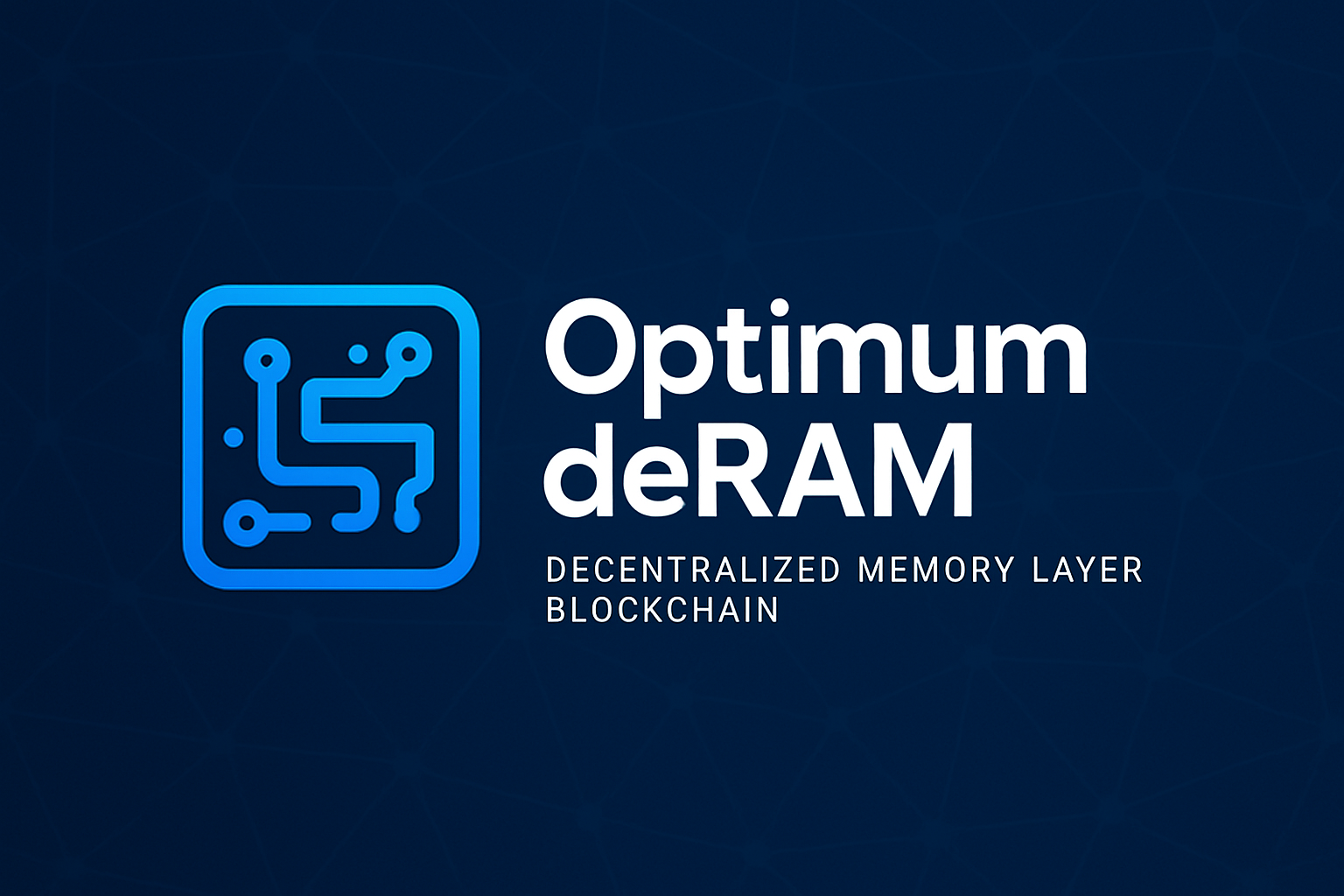
Decentralized Memory Layer Innovation: Platforms like Optimum are leveraging RLNC to create decentralized, high-performance memory layers (e.g., OptimumP2P, Optimum deRAM), providing reliable and scalable storage for next-gen blockchains.
This approach eliminates single points of failure and dramatically improves network throughput. In practice, if some packets are lost or delayed, as long as enough coded packets reach a node, the full dataset can be reconstructed. The result? Lower latency, higher reliability, and a network that scales with demand rather than crumbling under it.
Optimum and the Rise of Decentralized Memory Layers
The most prominent example of RLNC’s promise is Optimum, whose protocol leverages RLNC to encode and transmit blockchain data with unprecedented efficiency. Optimum’s high-performance memory layer aims to provide decentralized RAM for any blockchain, solving a longstanding bottleneck for dapps and rollups that require fast, reliable access to state data.
Optimum’s products, such as OptimumP2P and Optimum deRAM, are purpose-built to harness RLNC for block propagation optimization in modular networks. By allowing nodes to recode and forward packets independently, Optimum boosts both speed and resilience, making it possible to handle spikes in demand without sacrificing security or decentralization.
The market is taking notice: Optimum’s recent $11M seed round, backed by CMT Digital and incubated at MIT, underscores growing confidence in RLNC as a foundational technology for the next era of Web3 infrastructure (read more here). As modular blockchain networks continue to mature, RLNC-powered DA layers are poised to become a critical component in unlocking scalable, censorship-resistant applications.
What sets RLNC apart in the context of decentralized data availability is its ability to empower every node, not just validators or specialized actors. In a world where networks must withstand unpredictable outages, censorship attempts, and surges in demand, RLNC’s recoding property ensures that no single node becomes a bottleneck. Instead, each participant can help keep the network healthy and performant by simply forwarding coded packets, no need for complex coordination or waiting for missing fragments.
This dynamic is especially relevant for modular blockchain scalability. As chains fragment into specialized layers, execution, consensus, and data availability, the ability to move large volumes of data quickly and reliably becomes essential. RLNC’s protocol-agnostic nature means it can be integrated into various modular stacks, from Ethereum rollups to emerging L2s and appchains. This flexibility is already being leveraged by projects seeking to future-proof their infrastructure against tomorrow’s scaling challenges.
Real-World Impact: Dapp Performance and Network Resilience
The practical benefits of RLNC-powered DA layers are already surfacing in real deployments. Dapps depending on fast state retrieval or frequent rollup proofs experience tangible gains in responsiveness and uptime. For users and developers alike, this translates to seamless experiences and fewer interruptions, even during periods of network congestion or partial outages.
Real-World Use Cases of RLNC in Data Availability
-
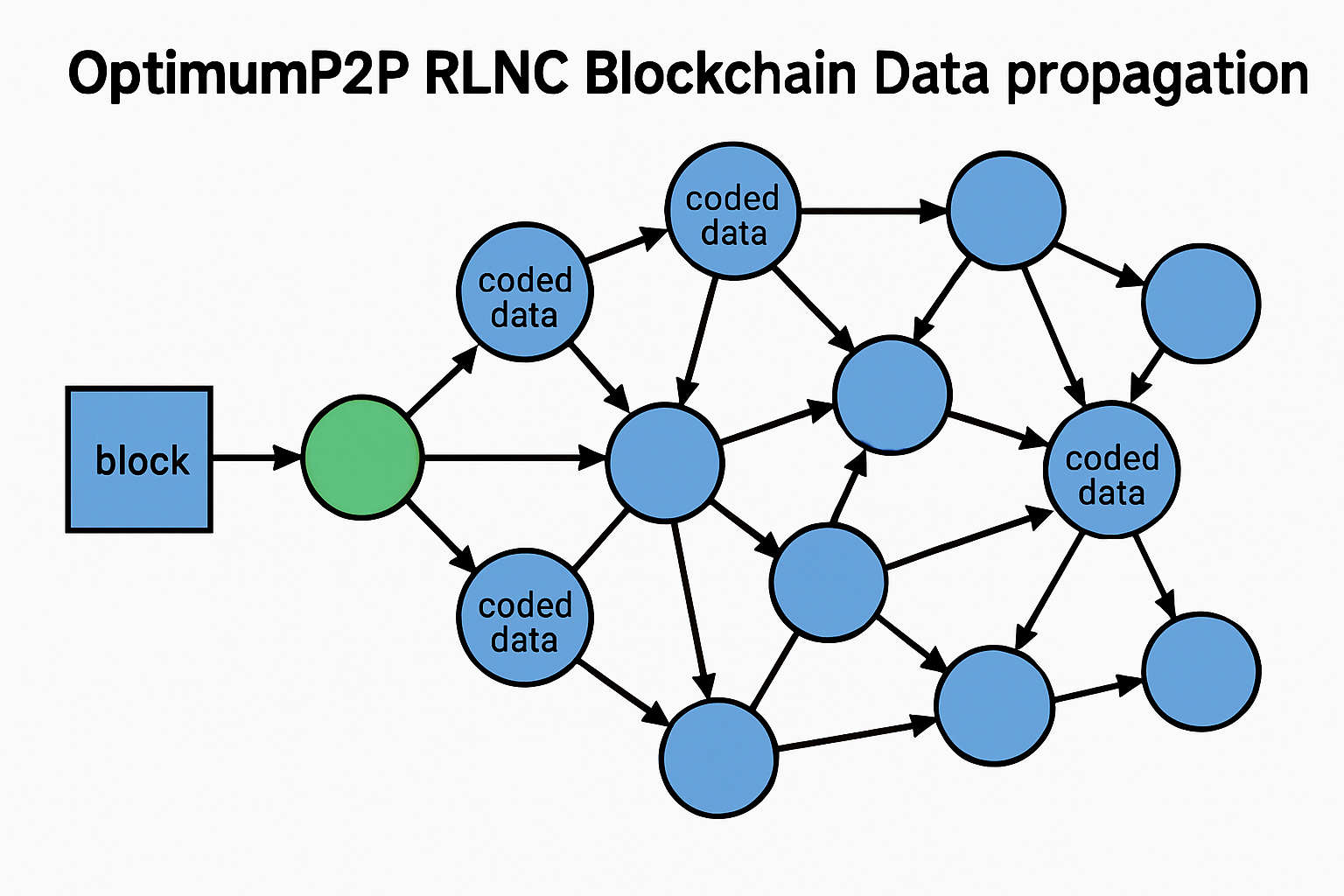
OptimumP2P: Accelerating Blockchain Data PropagationOptimumP2P leverages RLNC to encode and transmit data packets efficiently across decentralized networks. This approach enhances throughput and reliability for modular blockchains, ensuring that nodes can reconstruct data even when some packets are lost, which is crucial for high-performance decentralized applications (dApps).
-
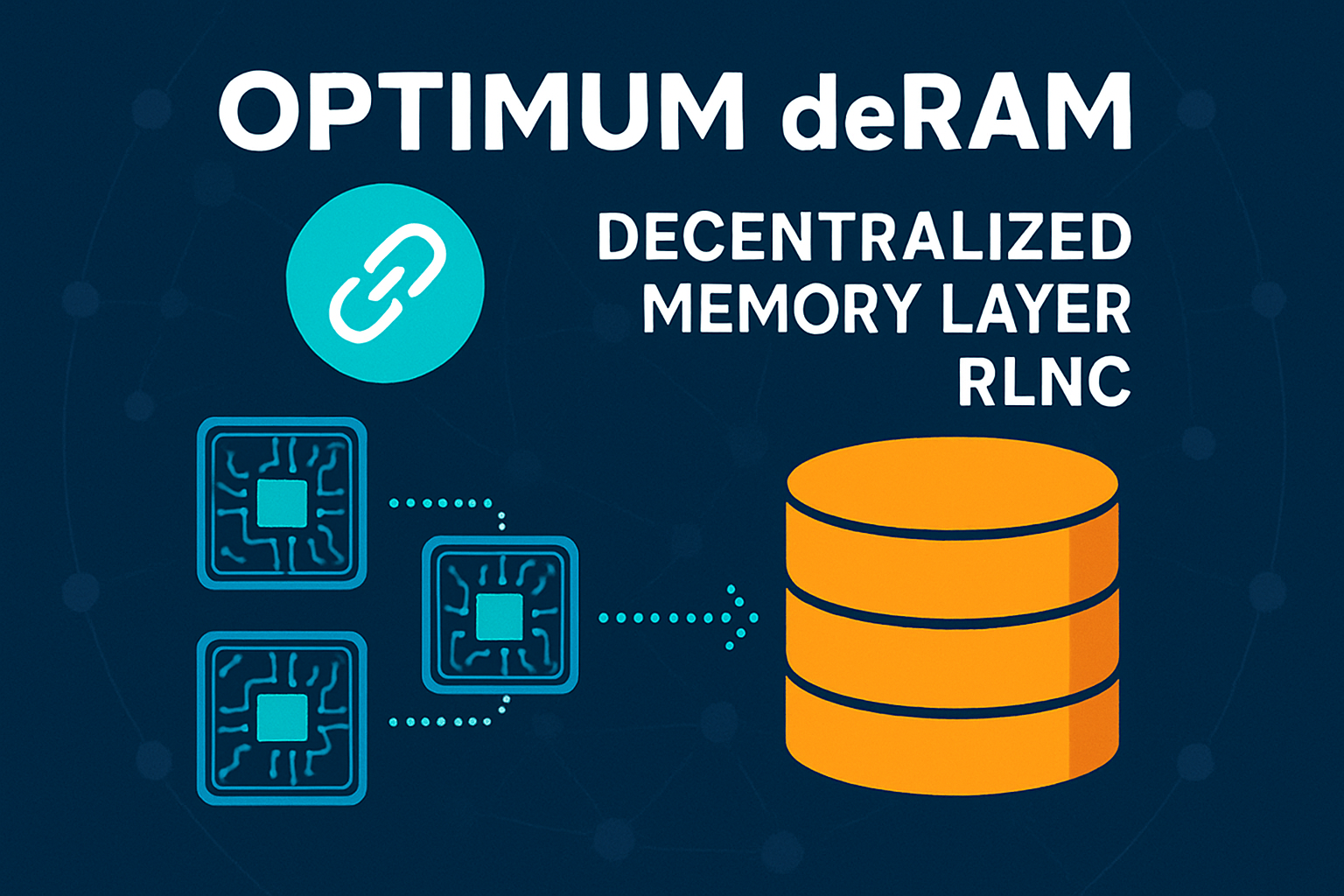
Optimum deRAM: Decentralized Memory Layer for Web3Optimum deRAM utilizes RLNC to provide a decentralized, high-performance memory layer for blockchains. This enables faster access to on-chain data and improved data availability, supporting scalable and robust Web3 applications without relying on centralized storage solutions.
-
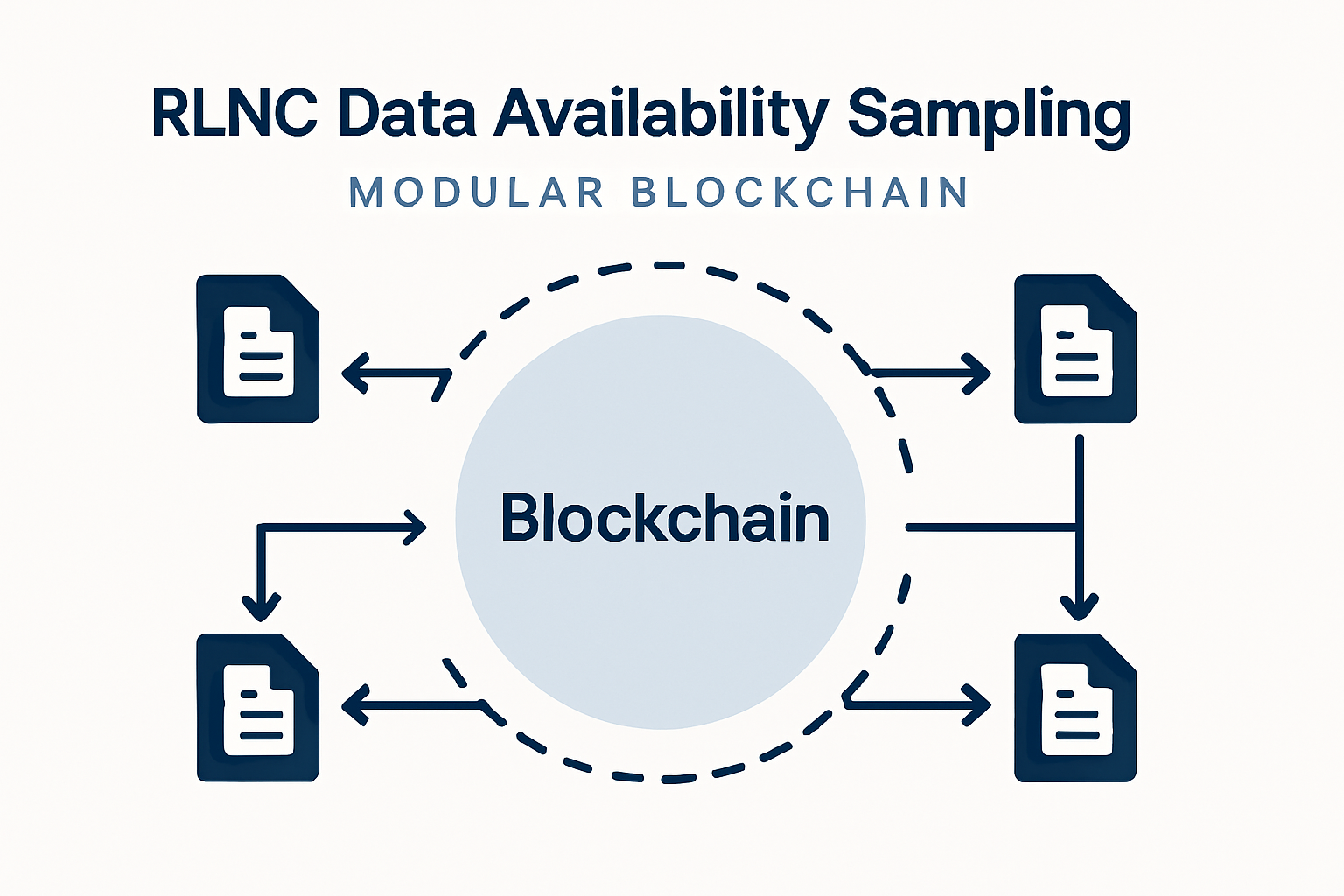
Data Availability Sampling (DAS) in Modular BlockchainsRLNC is applied in Data Availability Sampling protocols, allowing light clients to efficiently verify the availability of large data sets. By enabling intermediate nodes to recode packets on-the-fly, RLNC reduces latency and increases the security of modular blockchain architectures such as those proposed by Optimum.
-
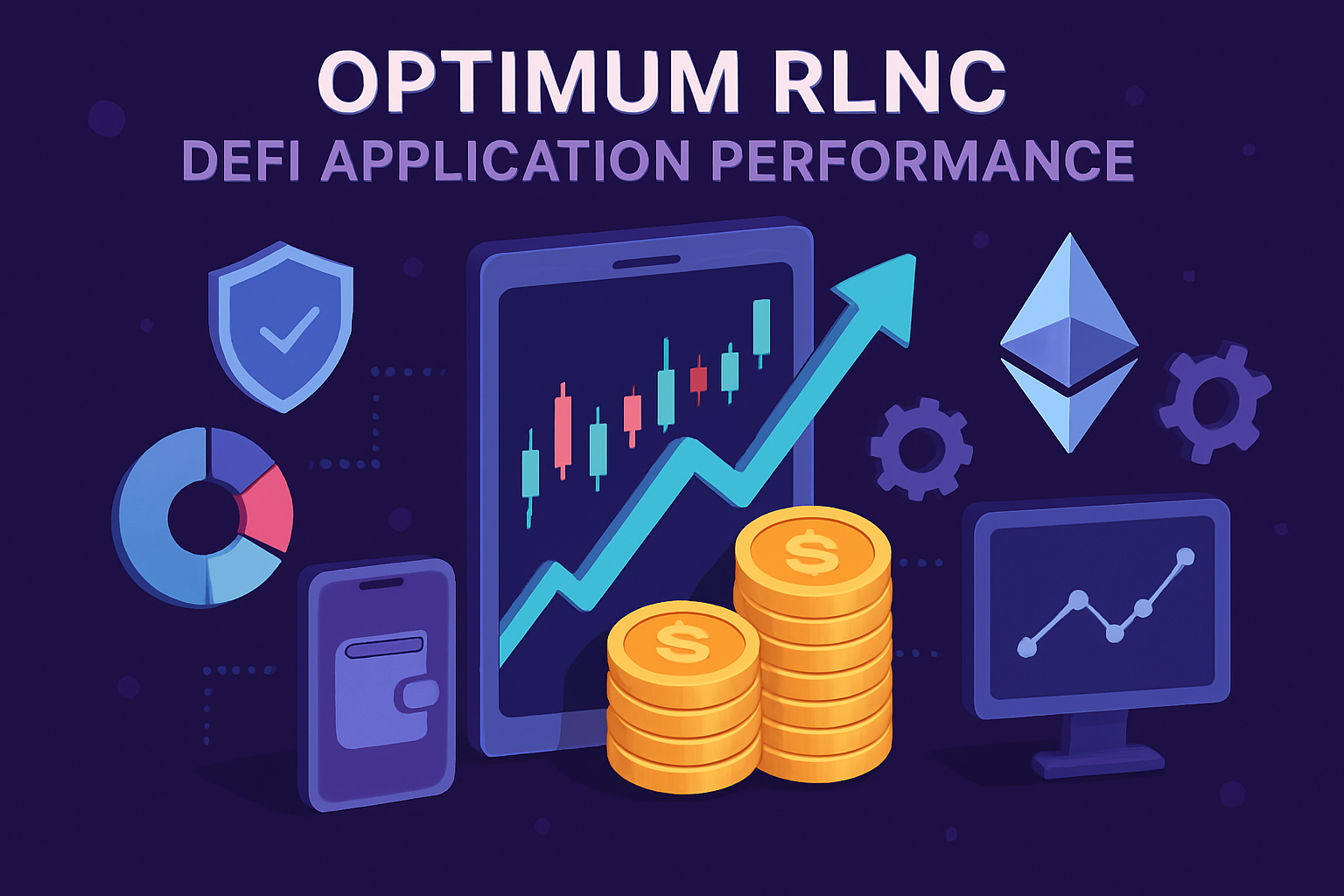
Enhancing Decentralized Finance (DeFi) Application PerformanceBy integrating RLNC-powered layers like Optimum, DeFi platforms benefit from lower latency and higher throughput. This leads to faster transaction finality and a more reliable user experience, especially during periods of high network demand.
-
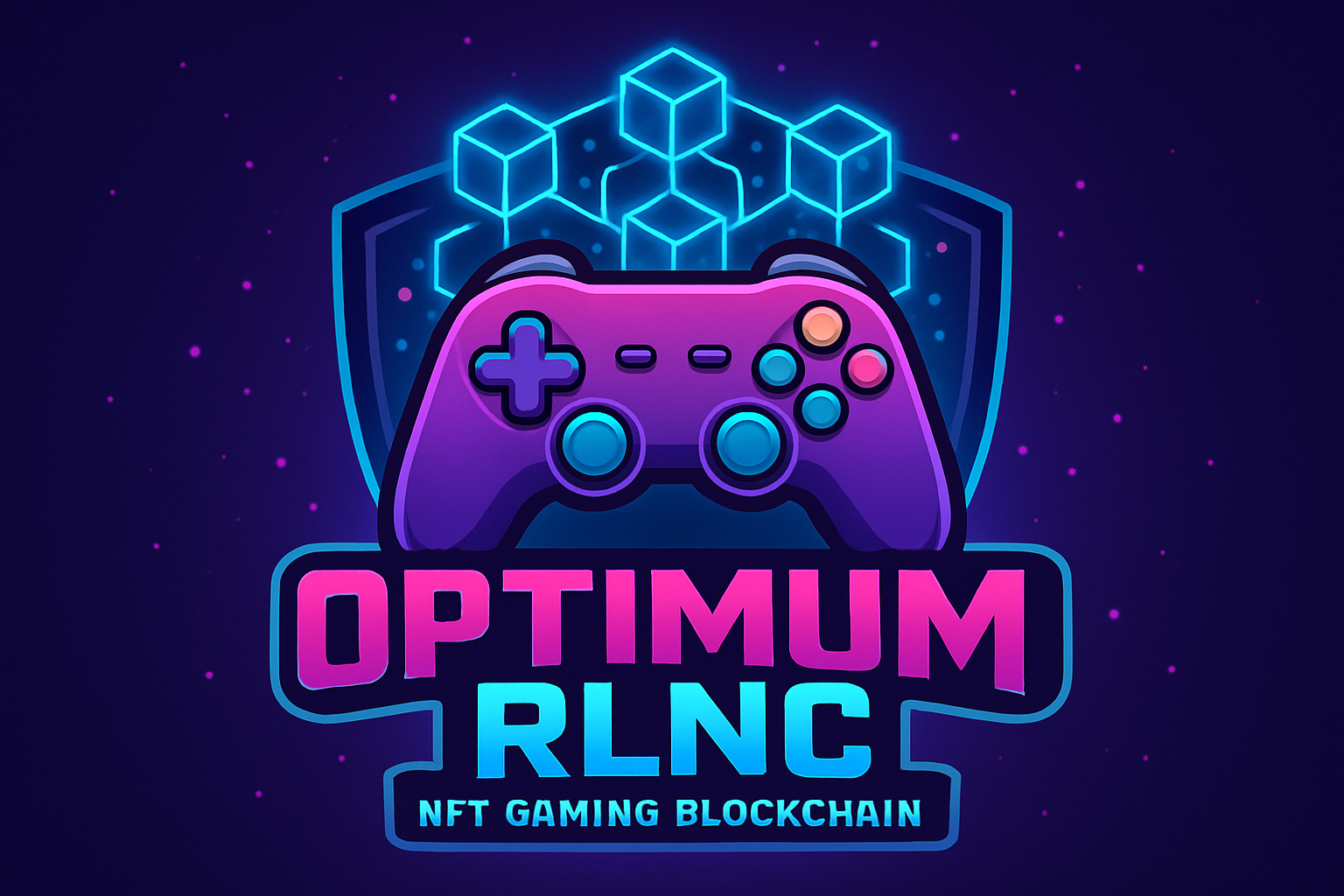
Scaling NFT and Gaming PlatformsRLNC-based solutions, such as those developed by Optimum, improve data delivery and consistency for NFT marketplaces and blockchain gaming projects. Enhanced data availability ensures seamless user interactions and asset transfers, even as these platforms scale to accommodate global audiences.
From a security standpoint, RLNC also mitigates certain attack vectors that have plagued legacy DA solutions. By making it harder for adversaries to target specific nodes or intercept critical data fragments, RLNC strengthens the overall resilience of modular chains. This is particularly important as DA layers become high-value targets in permissionless ecosystems.
What’s Next for RLNC in Modular Blockchain Networks?
The momentum behind RLNC is only accelerating. As more projects adopt modular designs and demand higher throughput, the need for robust DA layers will become non-negotiable. Innovations like Optimum’s decentralized memory layer signal a broader shift toward composable infrastructure, one where performance and decentralization aren’t mutually exclusive.
For developers and researchers eager to dive deeper into the technical mechanisms behind RLNC, and how it stacks up against traditional erasure codes, resources are rapidly expanding. Whether you’re building rollups, designing new DA protocols, or optimizing dapp backends, understanding RLNC’s role will be essential to staying ahead of the curve.
If you’re interested in exploring more about how RLNC optimizes data availability in modular blockchain layers, this guide breaks down the details.
The bottom line: as Web3 infrastructure evolves, RLNC isn’t just a theoretical improvement, it’s a practical, battle-tested technology already shaping the future of scalable, reliable blockchains.
